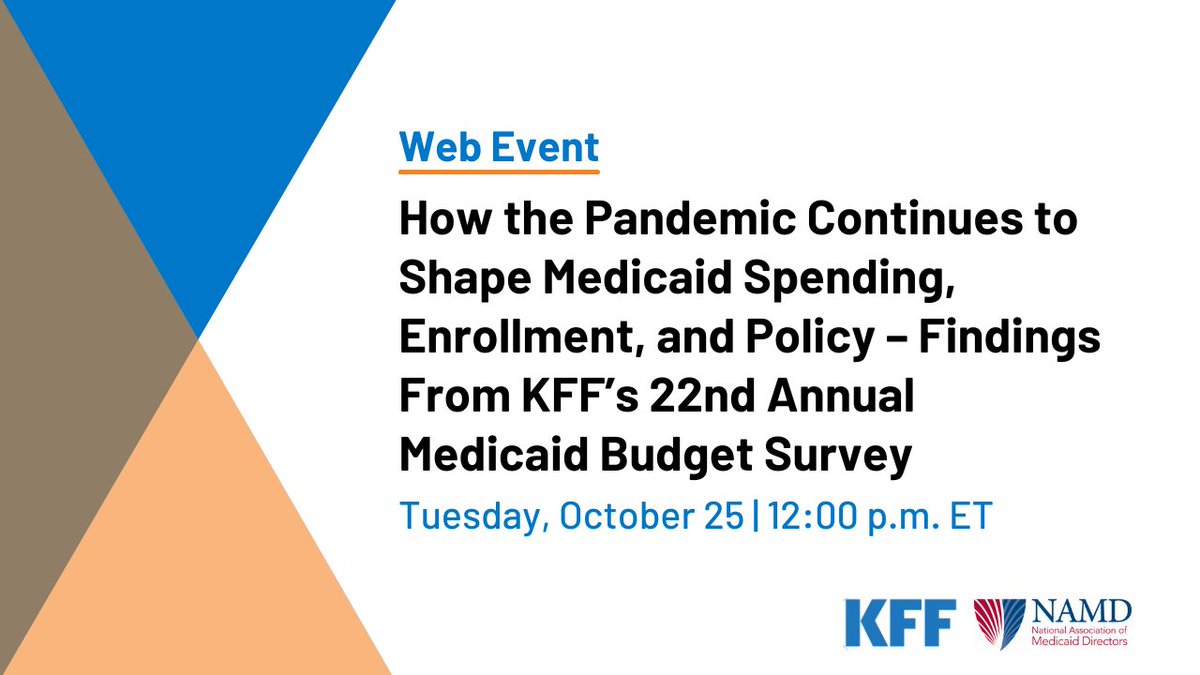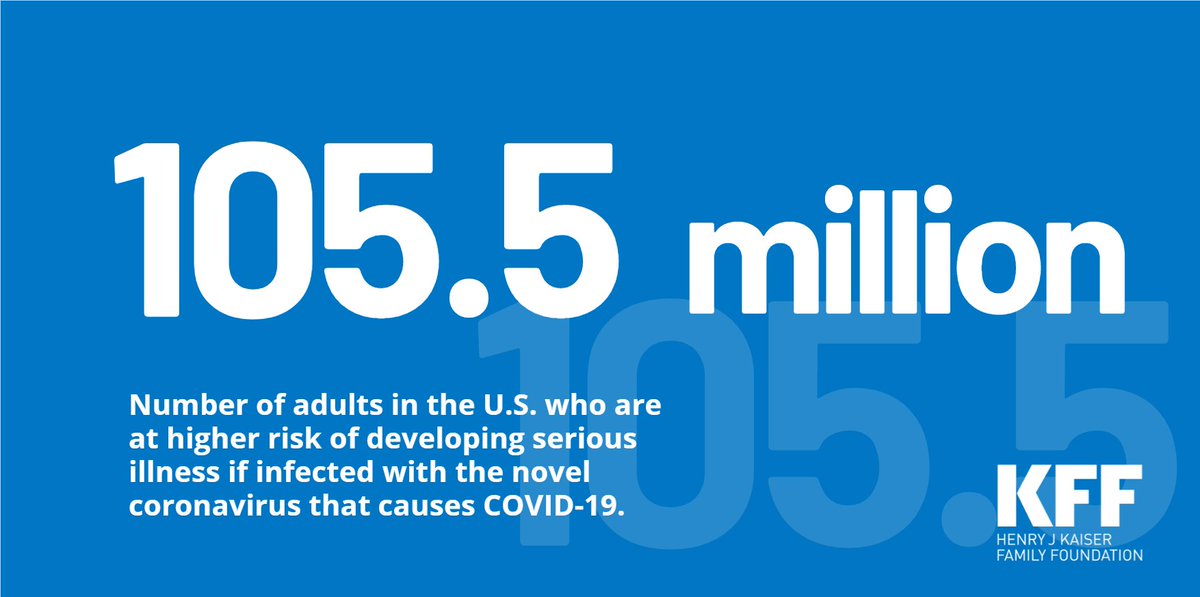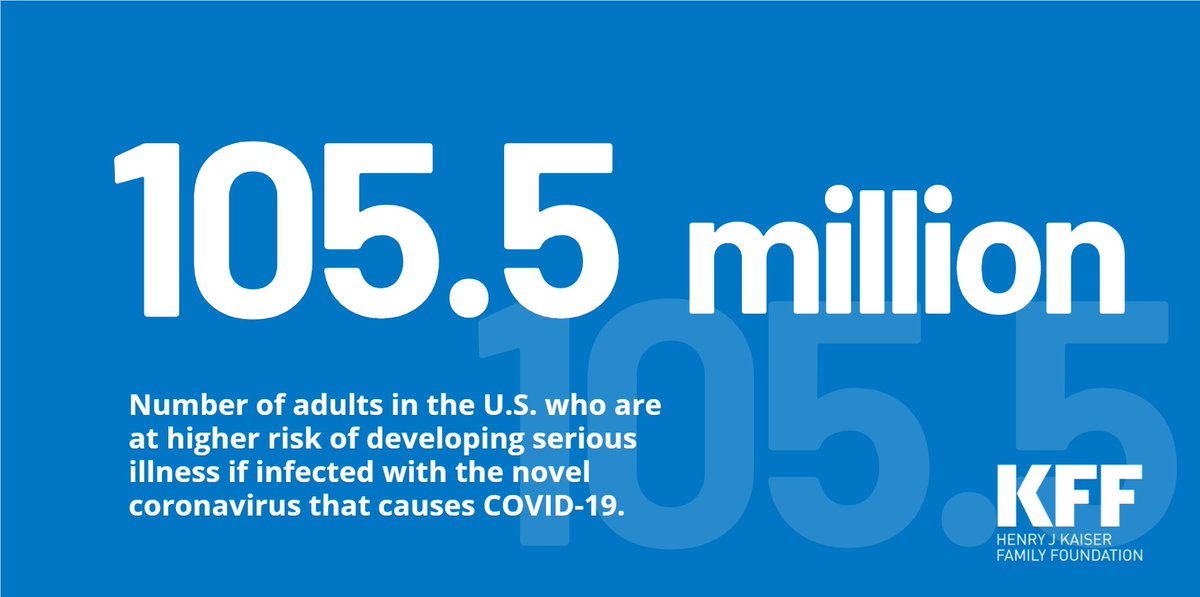
For #BreastCancerAwarenessMonth, let’s dive into a few facts and resources about the disease, as well as information about the screening and medications certain private plans must cover.
Among women in the U.S., breast cancer is the most diagnosed cancer and the second leading cause of cancer death. Each year, about 264,000 cases of breast cancer are diagnosed in women. The death rate across the country was 19.1/100,000 people in 2020. kff.org/other/state-in… 

The racial/ethnic inequities in breast cancer rates are concerning. Like cancers overall, White people had the highest rate of new female breast cancer (128/100,000), followed by Black people (121/100,000). However, Black people are far more likely to die. kff.org/racial-equity-… 

Racial and ethnic inequities show up in breast cancer screening, too. In 2020, American Indian/Alaska Native people (31%) ages 50-74 were most likely to report not receiving a mammogram in the past 2 years. 

Our Women's Health Survey found that in 2020, uninsured women and women with low incomes ages 50-64 were also less likely to have received a mammogram in the past two years. kff.org/womens-health-… 

Black and Hispanic women are less likely than White women to receive certain evidence-based workup procedures or recommended treatments for breast cancer. And, compared to White women with similar treatment plans, Black women more often have delays in treatment initiation.
According to @HRSAgov, women as young as 40 should get mammograms every 2 years and as frequently as once a year. If you’re within the indicated age-range, be sure to schedule your mammograms!
Under the ACA, private health insurance plans must cover mammograms, risk assessment, and medications for risk reduction (such as tamoxifen, raloxifene, or aromatase inhibitors) at no cost to patients. kff.org/health-reform/…
• • •
Missing some Tweet in this thread? You can try to
force a refresh










